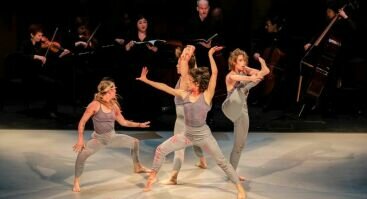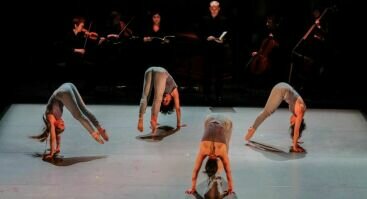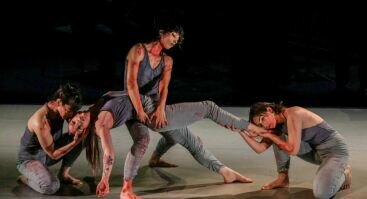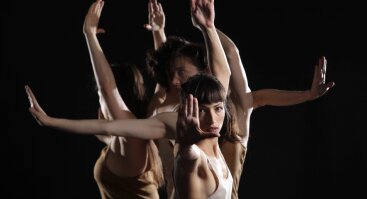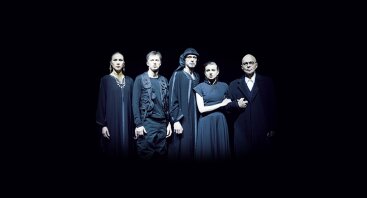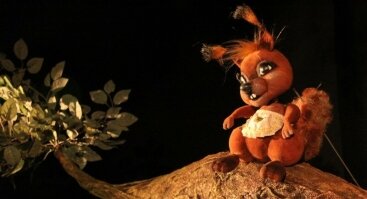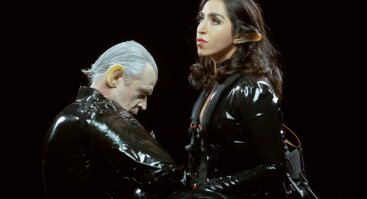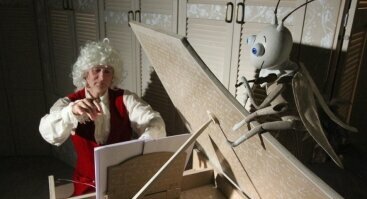AURA 34 | Inbal Oshman | M Stabat Mater | Kaunas

Raidė „M“ yra dažniausias garsas žodyje „motina“ įvairiose pasaulio kalbose. Iš tiesų, Inbal Oshman šokio kūrinys yra judesio ir emocijų kelionė, tyrinėjanti įvairius motinystės aspektus. Senovinis himnas „Stabat Mater“ yra skirtas Sopulingajai Motinai. Oshman sukūrė šiuolaikinį šokį šiam himnui, įkvėpta Marijos mito bei kitų mitinių motinų ir motinos deivių, tokių kaip tamsi ir smurtinė hinduistinė deivė Kali ir keturios Biblijos motinos. Kiekvienas iš šių mitų atskleidžia kitą motinystės aspektą – dieviškąjį ar žemiškąjį, dangiškąjį ar žmogiškąjį. Šie aspektai atsiskleidžia šokio kūrinyje per judesius ir pozas, kūną ir protą. Šokis įkvėptas deivės Kali ikonografijos, klasikinės Indijos šokio tradicijos bei Pietos skulptūrų ir paveikslų. Taigi, senoviniai motinystės mitai susiliejo su choreografės kaip motinos patirtimi ir įžvalgomis. Šokis tyrinėja motinystę apibūdinančią jėgą ir kovos dvasią, viena vertus, ir , kita vertus, jos labai pažeidžiamą bei švelnią prigimtį. Tai atliekama su daug subtilumo ir sąmoningumo. Izraelio premjera „M“ vyksta po pirmojo pasirodymo Tarptautiniame šokio festivalyje Bangalore, Indijoje.
Choreografija: Inbal Oshman
Muzika: "Stabat Mater" autorius Giovanni Battista Pergolesi
Muzikinis atlikimas: Senosios muzikos ansamblis „Chiaroscuro“
Fotografas ir redaktorius: Sagie Baron
Vaizdo medžiaga filmuota "Peak Performances", Alexander Kasser Theater, MSU, New Jersey
Meno vadovas: Jedediah Wheeler
EN
Inbal Oshman M Stabat Mater M is the most common sound in the word "mother" in languages around the world. Indeed, Inbal Oshman's dance piece is a journey of movement and emotion, exploring various aspects of motherhood.
The ancient hymn “Stabat Mater” is dedicated to the Sorrowful Mother. Oshman has created a contemporary dance for it, taking inspiration from the myth of Mary as well as other mythical Mothers and Mother-Goddesses such as the dark violent Hindu Goddess Kali and the Four Matriarchs of the Bible. Each of these myths reveals another aspect of motherhood – divine or worldly, heavenly or human. These aspects penetrated into the dance piece through movements and postures, body and mind.
The dance took inspiration from iconography of Goddess Kali, classical Indian dance traditions and sculptures and paintings of the Pieta and Jesus. Thus, ancient myths of motherhood merged with the experience and insight of the choreographer as a mother.
The dance explores the strength and pugnacity characterizing motherhood on the one hand, and its very vulnerability and tenderness on the other hand. It does so with much subtlety and mindfulness.
The Israeli premiere of M is being staged following its first performance at the International Dance Festival in Bangalore, India.

